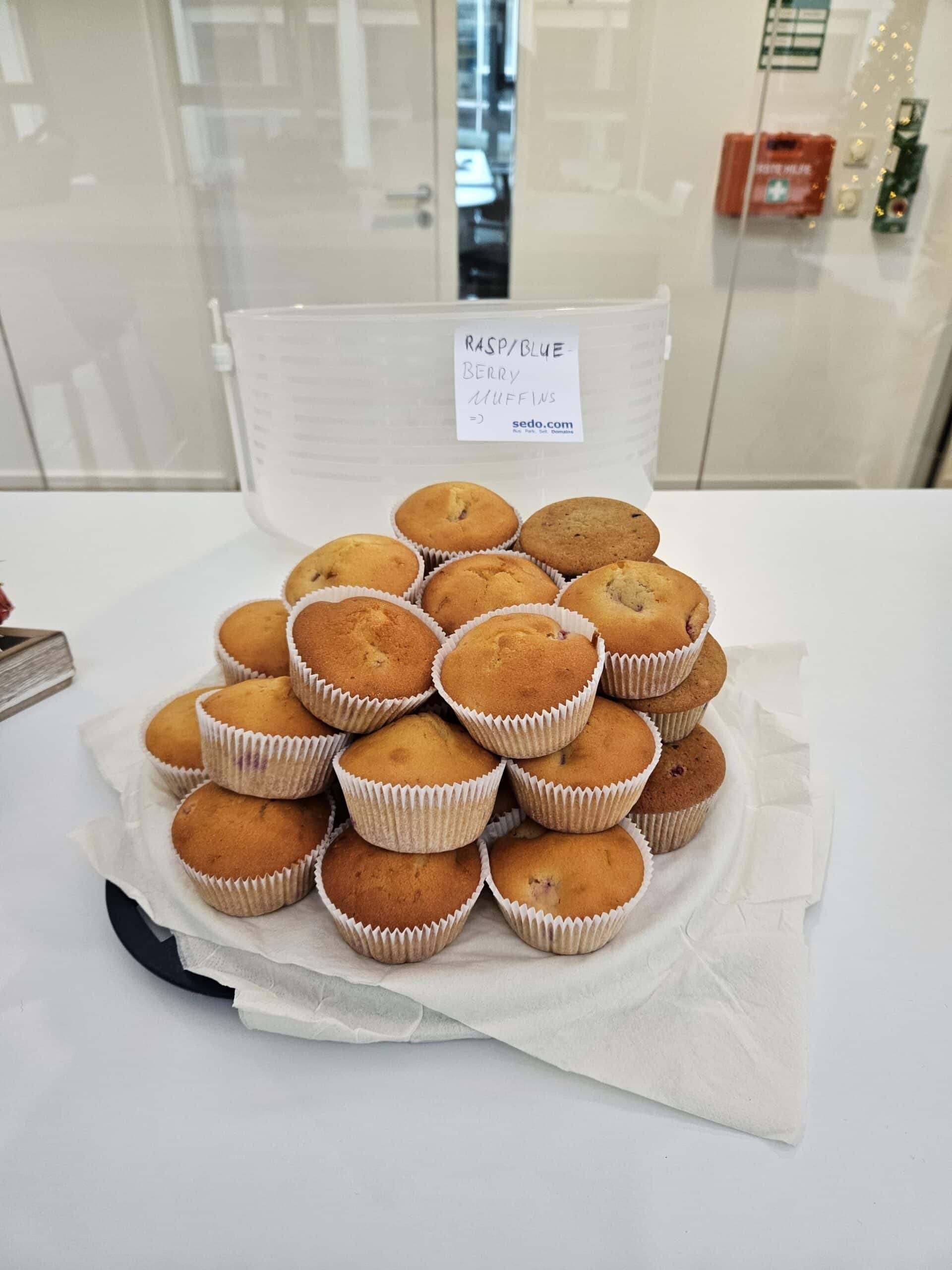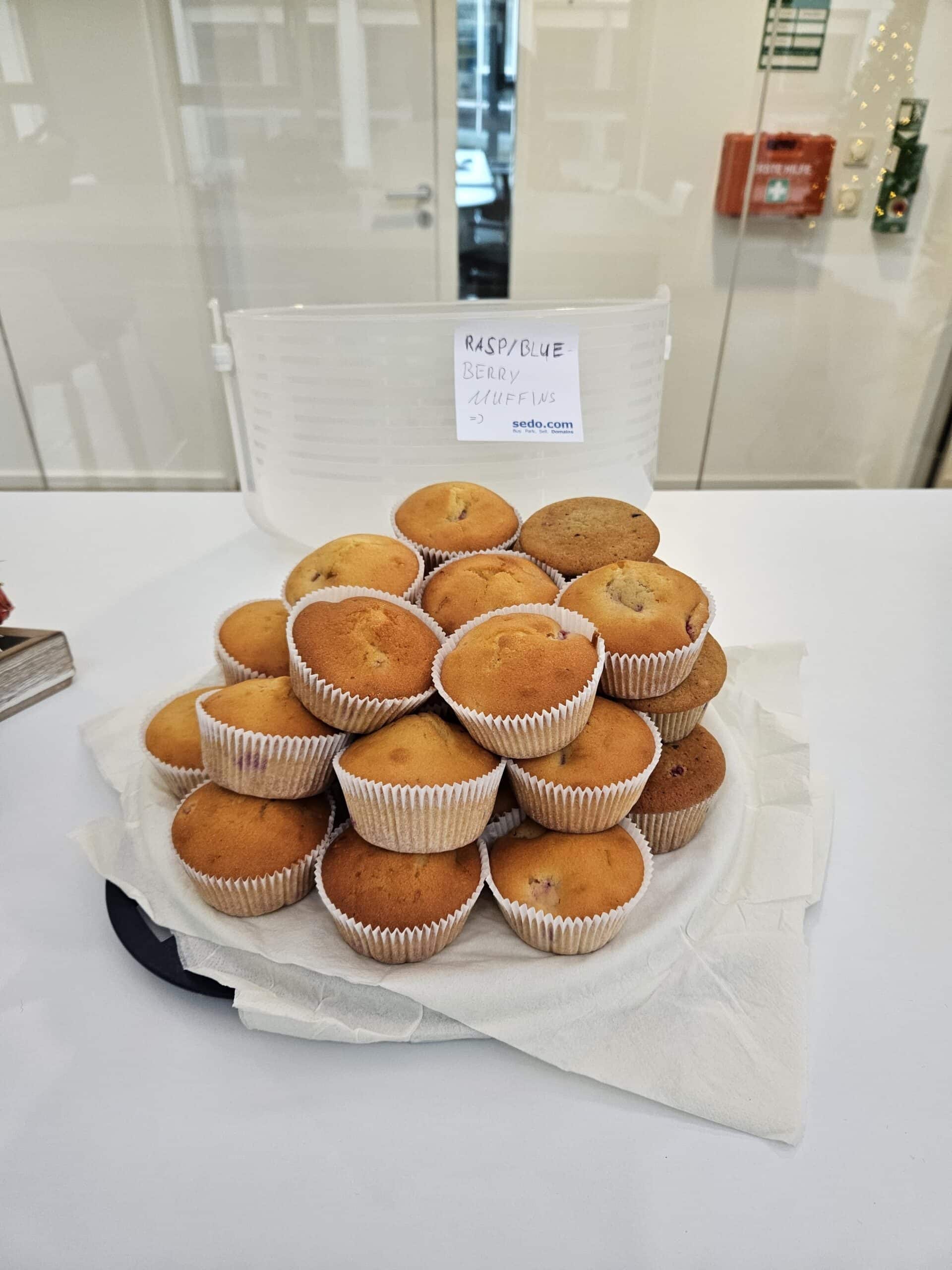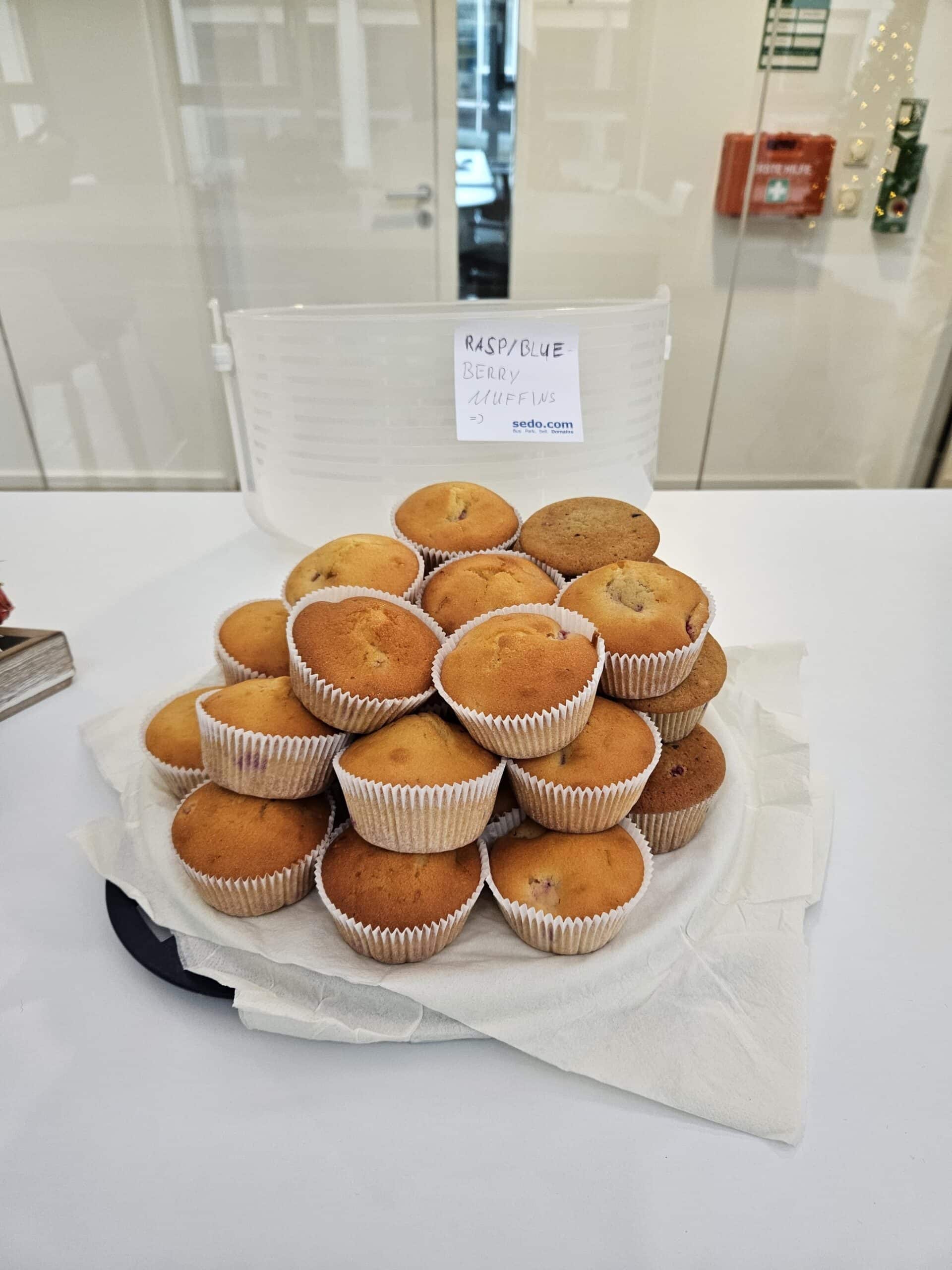Travel around the world
Outline:
– Introduction: Why Malaysia belongs on a global traveler’s shortlist
– Cities and cultural crossroads: architecture, heritage quarters, and living traditions
– Rainforests, mountains, and rivers: biodiversity and easy-to-reach wilderness
– Islands, beaches, and marine parks: reef life, seasons, and responsible snorkeling/diving
– Food culture and night markets: flavors, etiquette, and affordable variety
– Practical planning and responsible travel: seasons, connectivity, budgets, and sample itineraries
Introduction
Malaysia is a meeting point of monsoon-sculpted coastlines, rainforest massifs, and cultures that have traded, cooked, celebrated, and coexisted for centuries. Spanning a peninsula and the northern part of Borneo, it offers travelers a rare blend of accessible infrastructure and wild nature. The diversity is not just scenic; it is linguistic, culinary, and architectural—shaped by Malay, Chinese, Indian, and numerous Indigenous communities. For those designing an itinerary that balances cities with summits, street food with sea turtles, Malaysia holds wide appeal. It is an inviting choice for first-time visitors to Southeast Asia and a rewarding return for seasoned explorers seeking deeper layers of heritage, biodiversity, and regional nuance.
Cities and Cultural Crossroads: Heritage Streets, Skylines, and Festivals
Malaysia’s urban gateways are more than transit points; they are living archives of migration and trade. The capital’s skyline signals modern ambition with glass and steel accents, while history lingers at street level in mosques, temples, churches, and colonial-era shop-houses painted in tropical pastels. In the heart of the capital, a pair of iconic twin skyscrapers frames the sky—a reminder that the country is comfortable mixing tradition with contemporary design. Wander a few blocks and you find wet markets perfumed by pandan leaves and roasting coffee, murals that turn alleyways into galleries, and music drifting from community centers in the evening.
The northern island city famed for its historic quarters is a compact masterclass in urban heritage. Here, five-foot walkways (covered sidewalks) thread past guildhalls, clan-built temples, and creaking wooden shutters. In the old port city on the southwest coast, you see how river trade once steered the world: bridges arch over a lazy waterway lined with bright façades and antique warehouses reborn as galleries and cafés. Compared with other Southeast Asian hubs, Malaysia’s cities stand out for the way traditional neighborhoods sit near modern transit corridors, making self-guided exploration straightforward.
Consider focusing your city time around thematic walks:
– Architecture and faith: Pair a lakeside mosque visit with a stroll through a historic Chinese temple district and a South Asian-style shrine. Observe how materials shift from timber to stucco to polished stone.
– Trade and crafts: Seek out rattan weaving studios, tin-smithing lanes, or batik workshops where patterns tell stories of migration and rainforest flora.
– Night markets: Sample grilled skewers, rice wrapped in fragrant leaves, and shaved-ice desserts while browsing stalls that sell everything from spice blends to handmade soap.
Festivals add another layer. Major holidays see lanterns, oil lamps, and ketupat leaves decorating streets and homes. If your timing aligns, you might watch a lion dance on a sunlit street, share sweet cookies offered by neighbors, or hear drums echo across a field as harvest traditions are honored in Borneo. These moments are welcoming but also instructive; they reveal how identity here is an evolving, shared project. For photographers and urbanists alike, Malaysia’s cities provide a textured canvas where daily routines and grand ceremonies coexist.
Rainforests, Mountains, and Rivers: Biodiversity You Can Actually Reach
Malaysia’s landscapes are a reminder that “wild” does not have to mean unreachable. On the peninsula, protected forests form a green spine where buttress-rooted giants rise from leaf-littered trails. One of the oldest rainforest tracts on Earth is often cited here, with estimates exceeding 100 million years in age—an ecological library that predates the Himalayas. Boardwalks, canopy walks, and ranger-guided hikes make encounters with this ancient ecosystem accessible to non-specialists, yet still respectful of sensitive habitats.
Highland plateaus deliver a softer green—tea shrubs marching in curving rows, mossy forests threaded with ferns, and cool evenings ideal for steaming pots of herbal tea. Compare the experience with lowland parks and you notice different bird calls, different butterfly species, and the way fog drapes itself over ridgelines by mid-afternoon. On Borneo’s side of the country, the mountain that dominates the skyline rises to about 4,095 meters. Trails here climb from humid forest into windswept granite, creating one of Southeast Asia’s most memorable (and carefully regulated) summit experiences. Nearby, the world’s largest flower, a rafflesia species, opens in rare and short-lived blooms—an extraordinary sight if your timing aligns.
Rivers tell another story. The serpentine waterway that threads through eastern Borneo’s floodplains offers dusk cruises where crocodiles lurk at muddy banks and proboscis monkeys leap across gaps in the canopy. Along certain forest reserves, you might join a dawn walk and listen for the crack of branches—sometimes a sign of wild orangutans moving overhead. In Sarawak, coastal parks mix rainforest with sea-cliff trails where bearded pigs and silvered leaf monkeys appear around mangroves, and tidal flats host mudskippers that blur the boundary between water and land.
Responsible travel matters in these places:
– Hire licensed naturalists who prioritize distance from wildlife and avoid playback calls that stress animals.
– Stick to marked trails; off-trail shortcuts increase erosion and disturb nests and burrows.
– Choose operators that limit group size and explain their waste and fuel policies on rivers and reefs.
Compared with other regional destinations, Malaysia’s advantage is how often you can step from a sealed road onto a real jungle path within an hour. The balance of access and protection is not perfect, but for travelers who value both comfort and conservation, it is a compelling proposition.
Islands, Beaches, and Marine Parks: Reefs with Rhythm and Rules
Malaysia’s coasts are shaped by two monsoons, and understanding their rhythm can elevate your trip. The east coast of the peninsula generally sees rougher seas from about November to March, when many island lodges pause operations; April to October brings calmer conditions and clear water. The west coast typically enjoys drier weather from December to February, with occasional showers the rest of the year. Meanwhile, islands off Borneo’s eastern shore are known for exceptional clarity and pelagic life, with visitor numbers capped in certain protected zones to reduce pressure on the reef.
Consider how different island groups compare:
– East coast peninsula (Perhentian, Redang, Tioman): Shallow coral gardens, sandy coves, and outstanding snorkeling right from the beach. Great for new divers and families who want reef access without long boat rides.
– West coast peninsula (emerald archipelagos in the Andaman reach): Karst islets, mangroves, and gentle beaches. Ideal for kayaking, birding, and sunset cruising around limestone silhouettes.
– Borneo offshore parks (Sabah’s protected isles): Strong currents bring nutrient-rich water that attracts turtles, schooling barracuda, and reef sharks. Strict daily permit systems at some sites keep numbers in check and coral healthier.
Marine parks here increasingly emphasize education. Before you step off the boat, a guide may brief you on currents, entry techniques, and coral etiquette—no touching, no standing, no chasing turtles for photographs. Lightweight reef-safe sunscreen reduces chemical stress on corals; long-sleeve rash guards minimize the need for lotions altogether. If you are a photographer, practice neutral buoyancy in a pool first. A careless fin kick can undo a decade of growth.
For non-divers, the coasts offer more than reefs. Mangrove safaris present nurseries for juvenile fish and nurseries for birds, too—kingfishers, kites, and herons. Rock formations tell geological stories in stripes and pocks, and secluded coves become classrooms for understanding tides. In shoulder seasons, you may find bays with fewer boats where the sea is glassy and the only sounds are oars touching the water and hornbills calling from the canopy. In a region with many famous islands, Malaysia’s combination of clear etiquette, seasonal variety, and relatively easy logistics makes its shores especially inviting.
Food Culture and Night Markets: A Flavor Map You Can Eat
Eating in Malaysia feels like opening a well-traveled atlas. Each page—each stall and storefront—belongs to a community that arrived, adapted, and cooked its memories into the local pantry. A classic breakfast might pair coconut-scented rice with sambal, crisp anchovies, toasted peanuts, and a soft-boiled egg. At lunch, you could chase a bowl of spiced broth noodles with iced tea pulled theatrically between steel mugs. Dinner might be over glowing coals, where skewers hiss and crackle as they’re shellacked with peanut sauce and sweet soy glaze.
Street-side kitchens are laboratories of flavor:
– Noodle traditions: Curry-rich bowls in coastal cities, tamarind-tart variants in heritage quarters, and smoky stir-fried plates where the chef’s wrist imparts a prized “breath of the wok.”
– Rice staples: Banana-leaf meals with slow-braised meats and vegetable curries; coconut rice platters balanced by spice and crunch; claypot rice that arrives still steaming.
– Sweet finishes: Palm-sugar jellies, shaved ice with tropical fruit, and crispy pancakes folded around ghee and sugar.
Affordability is a signature strength. In many towns, a hearty plate from a market stall can cost the equivalent of just a few units of local currency, while mid-range eateries remain accessible for travelers. Hygiene standards vary, but rule-of-thumb tips help: look for busy stalls with high turnover, observe how food is handled, and favor piping-hot dishes. Many venues indicate whether they serve halal food, and vegetarian options are common at South Asian eateries and Buddhist canteens.
Regional specialties reward curiosity. On the island city up north, tangy noodle soups get their lift from torch ginger and tamarind. Inland, you’ll find bamboo-cooked rice and jungle herbs used by Indigenous communities, yielding flavors both earthy and aromatic. Along the east coast, fish crackers crisp in the sun, and grilled seafood dominates night markets that glow like lantern-lit ships. If you enjoy cooking, short workshops teach spice toasting and paste pounding—the backbone of curries and sambals—so you can bring techniques home rather than just souvenirs.
Compared with neighboring countries, the country’s culinary scene stands out for how seamlessly you can sample Malay, Chinese, Indian, Peranakan, and Indigenous dishes within a few city blocks. Markets become democratic dining rooms where strangers share tables, swap recommendations, and argue—good-naturedly—over which noodle stall on the street is the most flavorful this season. It is a delicious debate with no final verdict, only return visits.
Planning and Responsible Travel: Seasons, Etiquette, and A Thoughtful Itinerary
Good planning unlocks more of Malaysia’s range. Start with seasons. The peninsula’s east coast is typically rainier from November through March; island operators on that side often scale back. The west coast can be drier from December to February. Borneo’s weather shifts by region and altitude, but showers can arrive any time—part of the rainforest bargain. Pack a lightweight rain shell and quick-dry fabrics, then build in flexible afternoons in case a storm rolls through.
Logistics are straightforward. Intercity buses and trains connect major hubs, while short ferry hops link islands in season. Domestic flights exist for longer jumps, but overland routes often reveal more of everyday life. In cities, metered taxis and licensed e-hailing cars are widely available; ask about fixed fares for airport transfers if you prefer certainty. Local prepaid SIM cards are easy to obtain at airports and malls; coverage is strong in urban areas and along main highways, thinner in deep rainforest valleys. Power sockets are the Type G three-pin standard; voltage is around 230–240V.
Costs vary by destination and season, but travelers regularly note that:
– Market meals are budget-friendly, with generous portions for modest prices.
– Mid-range guesthouses and small hotels offer good value, especially outside peak holiday weeks.
– Activities like guided hikes, river cruises, and snorkel trips are competitively priced; private charters and summit climbs cost more due to permits and staffing.
Etiquette helps you earn smiles. Dress modestly when visiting places of worship; cover shoulders and knees as a sign of respect. Remove shoes before entering certain temples and homes. A gentle tone and patience go far—especially valuable in markets and transit hubs. English is widely used in tourism, while Malay phrases such as “terima kasih” (thank you) and “selamat pagi” (good morning) add warmth to interactions. Tipping is not compulsory; round up small bills or leave change where service feels over and above.
For a first visit, consider this 10-day framework:
– Days 1–3: Capital city and its historic neighborhoods—museums, markets, and an evening food walk.
– Days 4–5: Fly or bus to the northern island city for street art, clan houses, and a day trip to a hill station or spice garden.
– Days 6–7: East coast island in season (or a west coast archipelago) for snorkeling and mangrove exploration.
– Days 8–10: Borneo segment if time permits—river cruises and forest hikes; otherwise, a mainland rainforest park for canopy walks and night safaris.
Visas and entry rules depend on nationality; consult official government sources before travel. Carry travel insurance that covers medical care and outdoor activities. Above all, travel lightly: refill a bottle at hotel dispensers, say no to single-use cutlery, and choose operators who discuss reef and rainforest protection openly. When you leave, try to carry one habit home—maybe rinsing reusable containers or choosing public transit more often. Small choices multiplied by many travelers protect the very experiences that drew you here. In a world of hurried checklists, Malaysia rewards those who slow down, listen for hornbills, and let spice and rain decide the day’s pace.


